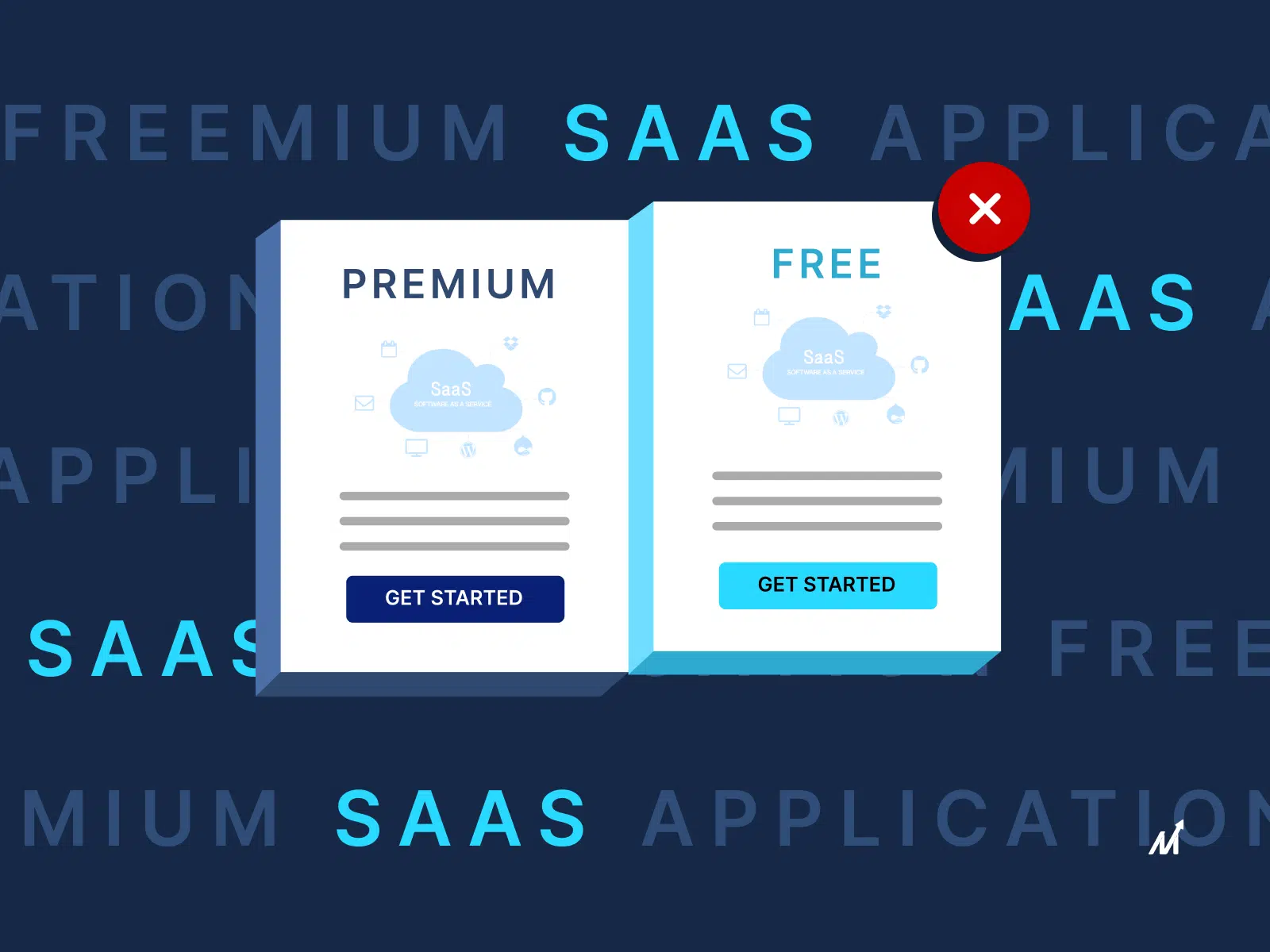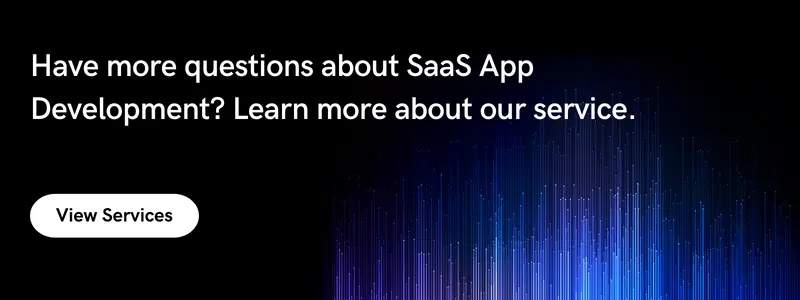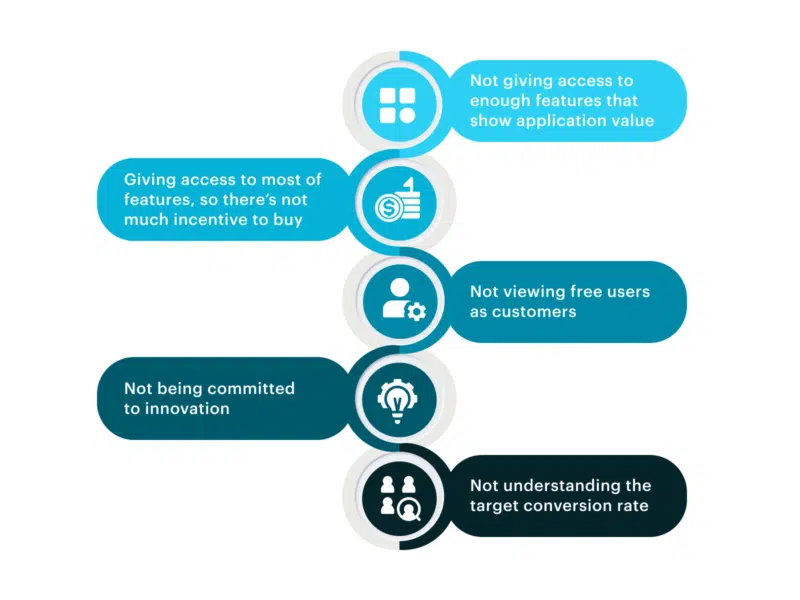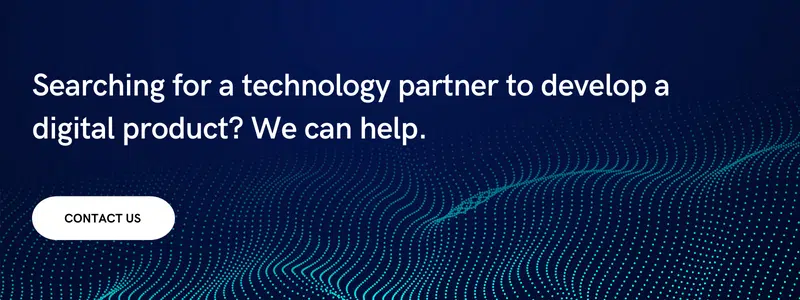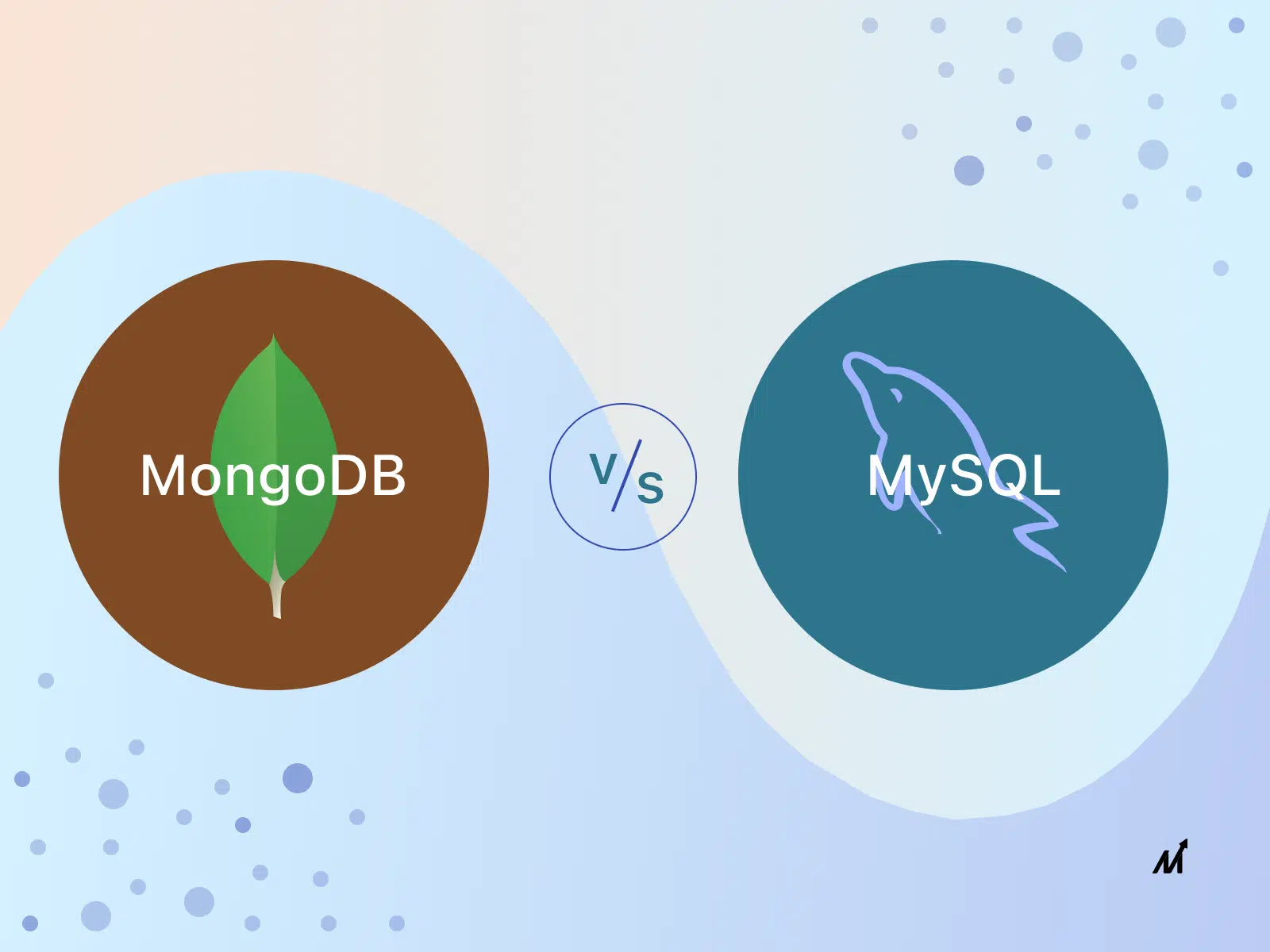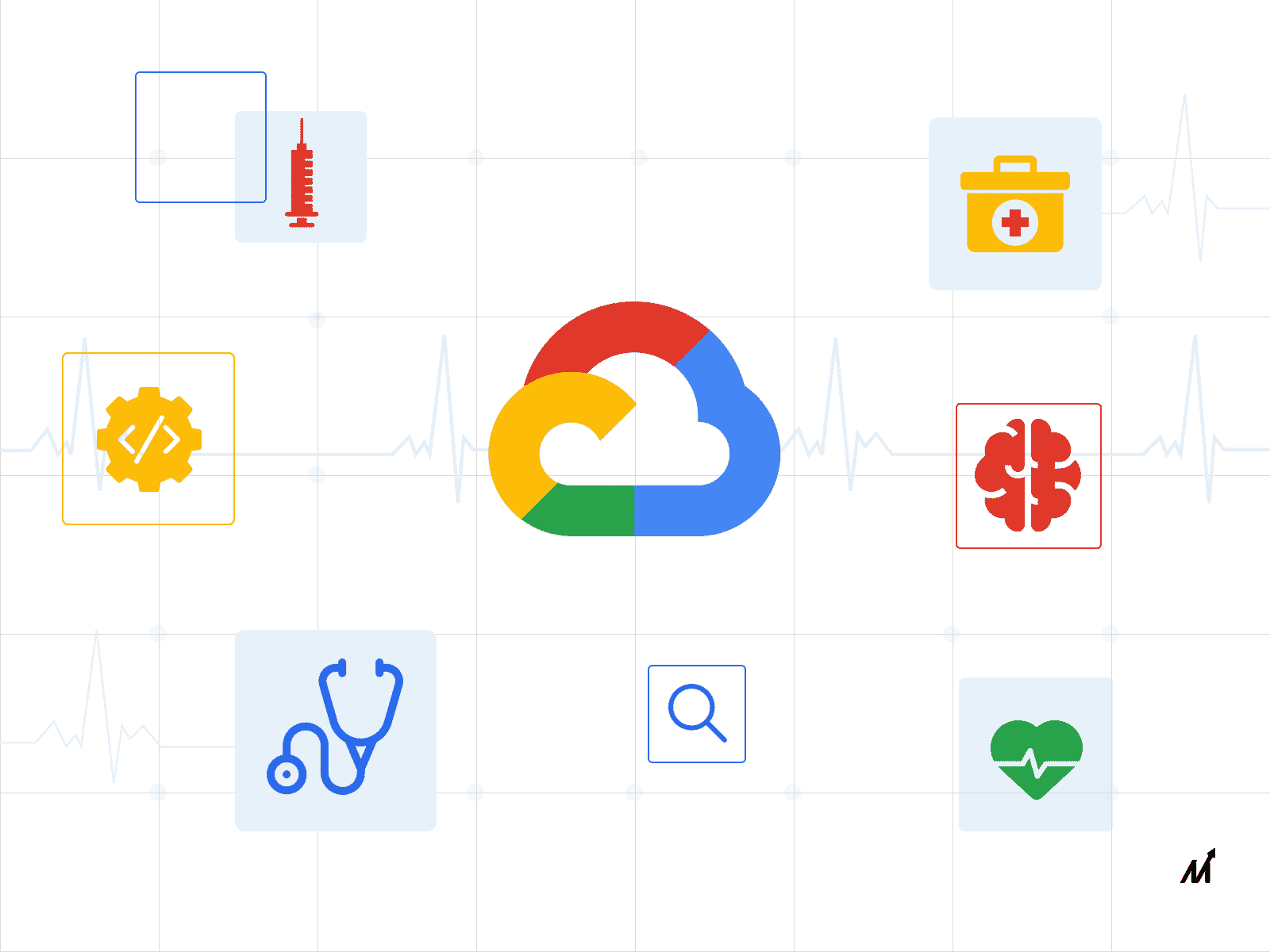Imagine you are all set with a fantastic app idea for your business. You have strategized it to be a freemium SaaS application so your users can experience what your app offers.
Sounds like a full-proof app success plan, right? But what if you get stuck in the pitfalls of some frequent mistakes that enterprises face?
This blog has covered five frequent mistakes that enterprises make in SaaS app development. Along with some essential prevention measures on how to avoid them.
Freemium is one of the most popular SaaS (Software-as-a-service) models for all the right reasons. Most software applications today come with one or the other version of the freemium SaaS application.
When deployed correctly, it has the potential to make your app the next big thing in your industry.
You have already used the freemium model while browsing your favorite applications—for instance, Netflix, Hulu, Dropbox, Splunk, Spotify, etc.
But despite its popularity, enterprises often face challenges in making it work because of some of the mistakes mentioned below.
What is a freemium strategy for a SaaS application?
A combination of “free” and “premium,” this SaaS model uses a free version of a SaaS product to promote a premium version. Users get access to basic features at zero cost and, for richer functionality, can opt for a subscription.
Further Read: SaaS App Development Process, Features, And Benefits
Five frequent mistakes to avoid in your freemium SaaS application
Mistake #1: Not giving access to enough features that show application value
When unlocking features for your SaaS application, less is not more. Your customers need to understand the total value of your SaaS application. You need to give them an idea of how your SaaS application will impact them or their business.
The customer experience and success are essentially based on the accessible version of your app. If the value proposition of your free app is not strong, the customers won’t move to premium.
Why do we not attract new users/customers with the free version? Because the features you’re offering are not compelling enough.
Think of it like this: your SaaS app has 20 features, and you choose five elements for free access. Then, according to the SaaS pricing, those five features should be compelling enough for people to buy the remaining 15 features.
What should be free then? This is the larger question that needs to be addressed as a SaaS company in your pricing strategy.
Mistake #2: Giving access to most of the features, so there’s not much incentive to buy
This mistake is opposite to the previous one. But it takes you back to the question we asked you to consider: What should be free? This is a fundamental question tied to your SaaS application development.
You need to save the richest of your SaaS features for premium users. If you are attracting a lot of user traffic, but a few users are upgrading to premium, you need to cut down on your wealthiest features. Essentially, the cost ratio should not affect your business revenue.
One use case for such a mistake is the New York Times website. Initially, they gave unrestricted access to the paper to its users. But in 2011, they limited each user’s access to 20 free articles a month. Users had to subscribe to read more.
Over the months, they realized they were still giving away too much to the users. Because very few users subscribed. Finally, in 2012 the company cut the number of free articles to 10 per month.
Mistake #3: Not viewing free users as customers
Another common mistake SaaS product enterprises make is not communicating the value of the premium product to their freemium users. They don’t consider free customers as customers and fail to give attention to them.
According to a research paper by Harvard Business School, a free user is usually worth 15% to 25% as much as a paid customer. Your conversion rates will be low if your users do not understand and grasp the full potential product.
Not providing enough support to your users will impact the overall customer experience. The consent you provide to the free users of your SaaS application will help you in the long run.
You must communicate clear distinctions between the free and premium services and define the freemium pricing model.
Also, your SaaS application development should be able to accommodate both sets of features, basic and advanced. And make clear distinctions in both of these features so that it is evident to users.
Mistake #4: Not being committed to innovation
Your freemium SaaS application is more than just a customer acquisition tool. Often enterprises make the mistake of dropping the free version when new users’ traffic decrease. Or when the customer onboarding rate drops.
Instead, you need to increase the value of your SaaS application with consistent innovation and set freemium pricing accordingly.
Thus, the Freemium SaaS application opens new opportunities for innovation and consistently resolves users’ problems and issues.
Dropbox is an excellent example of such constant innovation. It launched in 2008, primarily providing the service of backing up files. Eventually, they started offering shared folders which made Dropbox a collaboration tool.
Later, new features came in, like automatic syncing for smartphones and other devices, automatic uploading of photos, and more. With time, the overall SaaS application improved and offered more value than it initially started with.
Mistake #5: Not understanding the target conversion rate
With a freemium SaaS application, you might make the mistake of not understanding the implications of your conversion rate.
What should be your target conversion rate? This is a crucial question to consider when you wish to grow the revenue of your SaaS app.
If your conversion rate is as low as 1%, then your freemium SaaS marketing model is not working for you. It might be because you are giving too much as free, or it is of little value for users to upgrade.
Contrastingly, a high conversion rate doesn’t necessarily convert to the success of your SaaS app. Remember, the freemium SaaS model works on attracting a high volume of traffic.
So, in that case, you need to focus more on generating more overall users than just the conversion rate.
For instance, 5% of 1 million monthly visitors benefit your SaaS application revenue more than 50% of 100,000 visitors.
Hence, a moderate conversion rate with a high traffic volume is ideal for your SaaS freemium model.
Best Practices for freemium SaaS application development
For an effective SaaS application development, adopt some of the best practices for SaaS application development which are mentioned below:
- Focus on the needs and issues of your users
- Aim for self-service and personalization in your SaaS application
- Ensure seamless & easy integration
- Adopt the best cloud provider for you
- Ensure high standards for security and compliance
- Monitor performance and fix issues
- Go for Multi-tenancy architecture
- Prioritize and optimize features
In recent years, the freemium model for SaaS app development is gaining more and more attraction from SaaS enterprises. Software-as-a-Service is a go-to approach for enterprises who want to mitigate to the cloud.
Essentially, SaaS application development cuts infrastructure costs. At the same time, they provide access to an unlimited variety of software.
More and more businesses are adopting the freemium model for their SaaS applications. But making it work requires understanding and familiarity with frequent mistakes that can be avoided.
While developing your freemium SaaS implication, it is crucial to plan ahead and not lose sight of your goals for the long term.
The initial choices of your product development determine the success of your product or application.
Learn about our meticulous SaaS development process and solutions here, curated especially for you.

